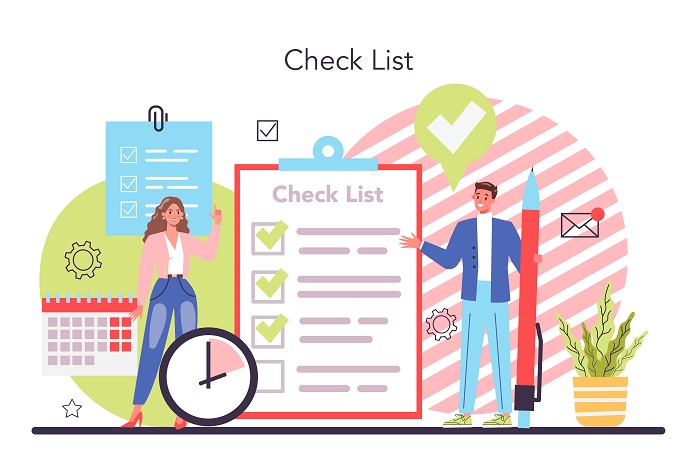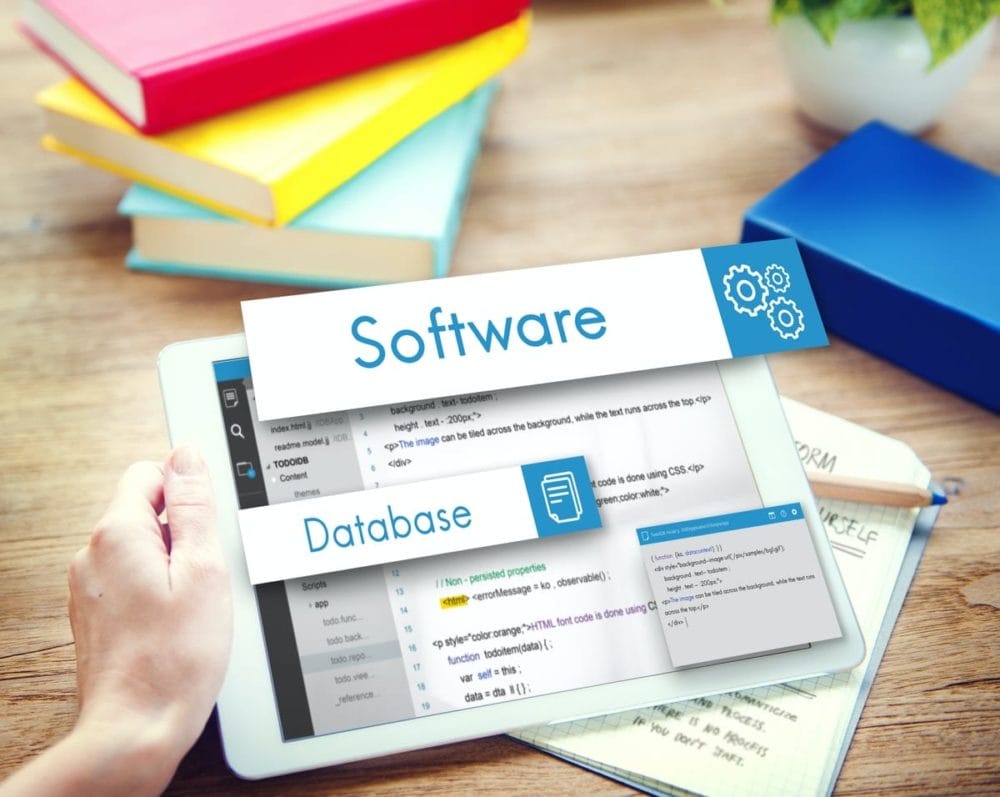As the head of people, you have a lot of responsibilities, especially at a time like this. Last thing you should lose your sleep over, is how to conduct a 360 performance review. When conducted well, it can render insightful results and improve overall employee engagement, as it allows for comprehensive feedback and not just feedback from managers. But more often than not, administrators who attempt to conduct it get bogged down by its various aspects and tend to complicate the approach, rendering it useless.
Lets understand what is a 360-degree performance review first:
Whether you are leading a start-up or a tenured company, performance review is a well explored topic and it has gone through a lot of changes in the past few decades. So it’s time we leave the stressful part of it behind and focus only on the positives.
360 performance review is a type of review wherein employees receive performance feedback not only from their managers but also from colleagues, vendors, customers, etc. It is an intensive type of assessment which involves collating a lot of data, which in turn is also subjective because that is the very nature of feedback. There are numerous effective software available in the market with the Multirater module that can help you conduct them with great ease.
If you are confused about 360 performance reviews because you’ve heard stories about mangled performance reviews, don’t let them bother you.
Here are some tips that can help you conduct them seamlessly.
Also read: Performance Management Software Can Help Keep Employees Motivated
Evaluate the job right:
You are the people leader. You know it very well that sometimes, employees put in a lot of effort but the outcome is not that impressive. Evaluate your employees based on how they do their job and not based on the outcome. Outcomes do not always reflect the amount of work that goes into getting a job done.
You need to identify the core skills and competencies that you want your employees to possess and assess them accordingly. And choose to go through the evaluation process when you are in a positive state of mind. It helps big time!
Conduct reviews often:
360 degree performance reviews are not that impactful if you are not reviewing your employees’ performance on a frequent basis. Reviewing your employee less frequently makes them think that their work doesn’t need any improvement and the organization is happy with their current working style.
When a 360 degree performance review finally happens, your employees might be astonished to find that everything is not alright. This usually leads to disengagement. If you decide that you are going to have a performance review yearly or quarterly etc, then do make sure that you have been having frequent reviews until then.
Also read: Employee Recognition & Rewards During COVID 19
Criticise constructively:
The main aim of a 360 degree performance review is to be aware of the strengths and weaknesses of each employee, and work towards a wholesome growth, professionally and well as individually. So criticisms are definitely an integral part of them. Only worry is, criticism is one of the places where performance reviews tend to go horribly wrong. An employee is entitled to their opinion but before you begin a performance review, you might want to lay down the ground rules for what counts as fair criticism and what does not. For example:
- Good criticism: Mark is not very punctual to work. However, I have noticed that he completes all of his assigned tasks on time.
- Bad criticism: Mark is not punctual and spends a lot of time in the office doing nothing.
If you look at the first example, you will see that while the reviewer in question is not pleased by Mark’s tardiness, he or she does note that Mark is dedicated and works efficiently. The criticism has some value to offer. The second example offers no information except for what seems to be a malicious observation. Mark does not have much to learn from it.
So train your employees and managers in such a way that they practice giving constructive feedback only. That is one of the most important things you need to keep in mind when carrying out performance reviews.
Be supportive till the end:
Going through a performance review is a stressful task, no matter how many times an employee might have experienced it. A performance review is a great way to achieve the company’s goals but it also has a few potential dangers. One of those potential dangers is disengagement in employees. Whatever the end result of a performance review, train your managers to be supportive and helpful.
If an employee’s end review displays less than good results, then the manager and the employee need to come together and chalk out a plan or an agreement that helps that employee get better or maybe even find a career more suited to them. The end result of a performance review should motivate an employee to do better, not make them feel demoralized and hurt. That can lead to high level of attrition.
Include everyone:
As the head of people, you need to make this very clear to all of your employees. At the end of the day, a higher level executive, a manager, or a CEO, they are all a part of an organization. Nobody should be exempt from feedback and review. They too provide input and work towards the betterment of the organization. If the higher-ups of an organization do not get proper 360 degree performance feedback, then how will they know how to lead better?
In conclusion, though it has some potential risks, but when used appropriately, 360 degree performance review can help your employees engage themselves in work, and accomplish the company goals.
Also read: Ideas To Keep Employees Motivated Through A Crisis
Have you used the 360 performance review in your organization? Share your experiences with us in the comments section below!
Engagedly is offering a suite of products part of its Remote Work Toolkit free to any organisation, until Sept 30th, 2020.
The Coronavirus has affected the way we work today and for months to come. Unprecedented events require unprecedented measures. We at Engagedly believe it is our responsibility as socially conscious corporate citizens to help equip organisations with additional tools and resources during this time of crisis.
Get in touch with us to know more about the free remote working tool-kit.
















